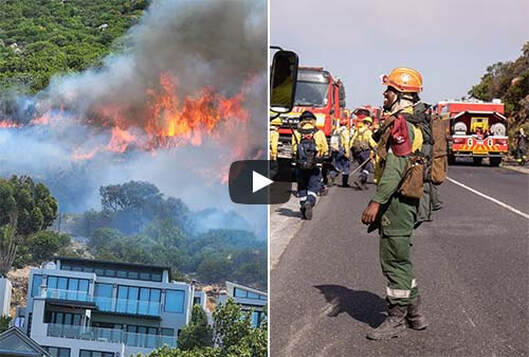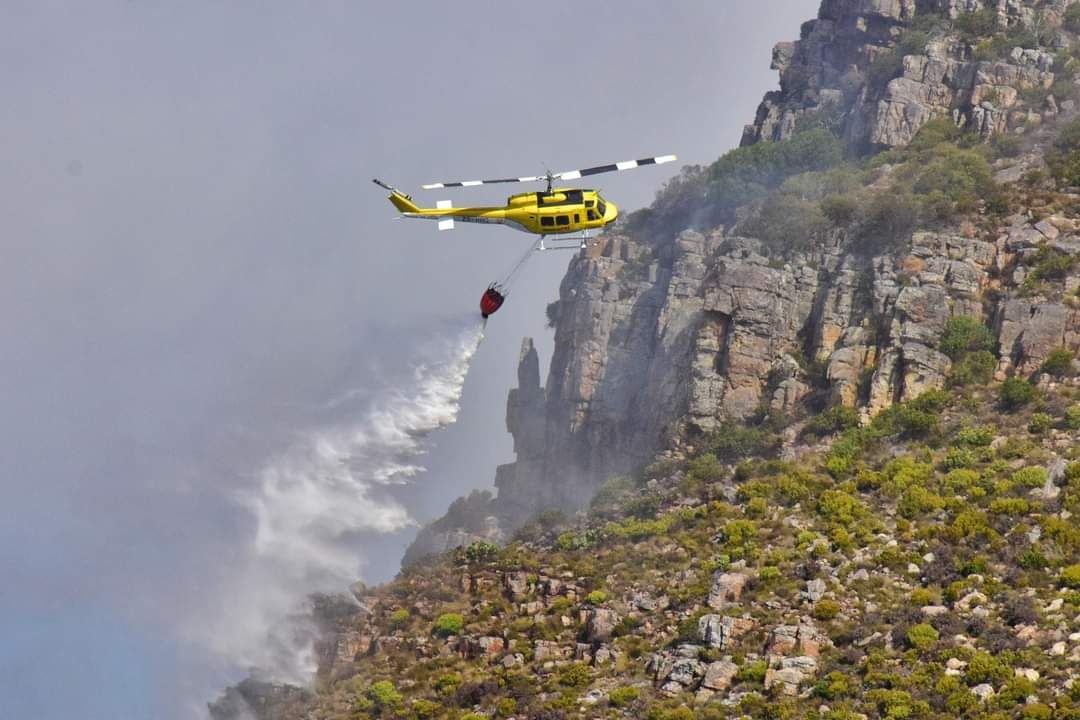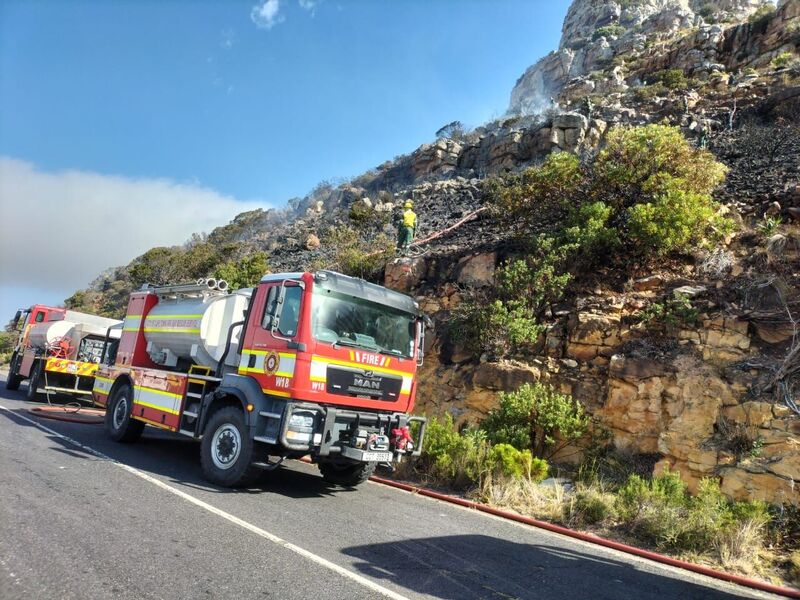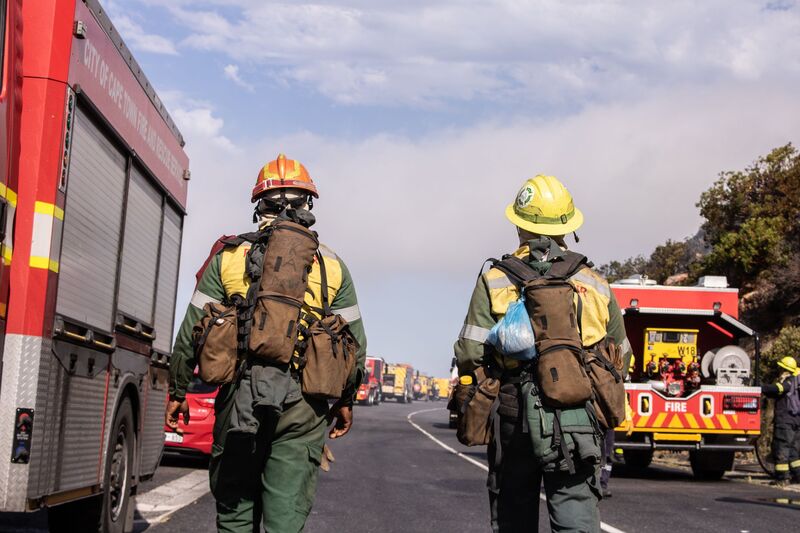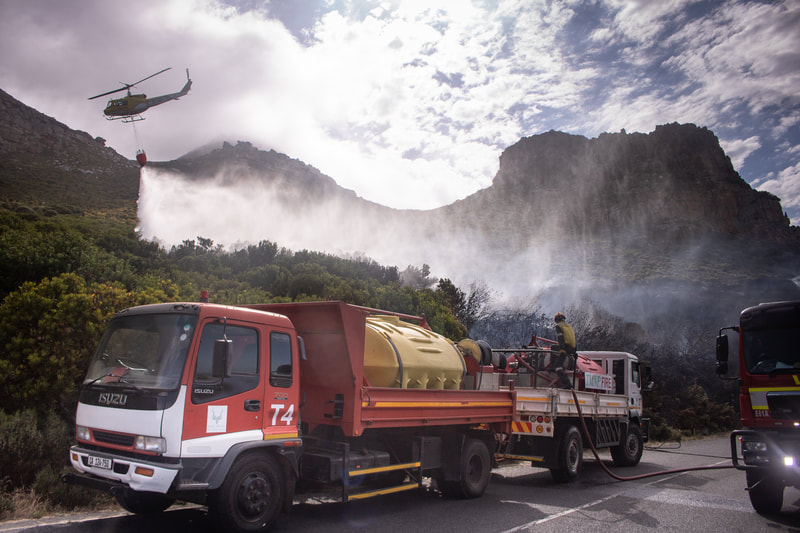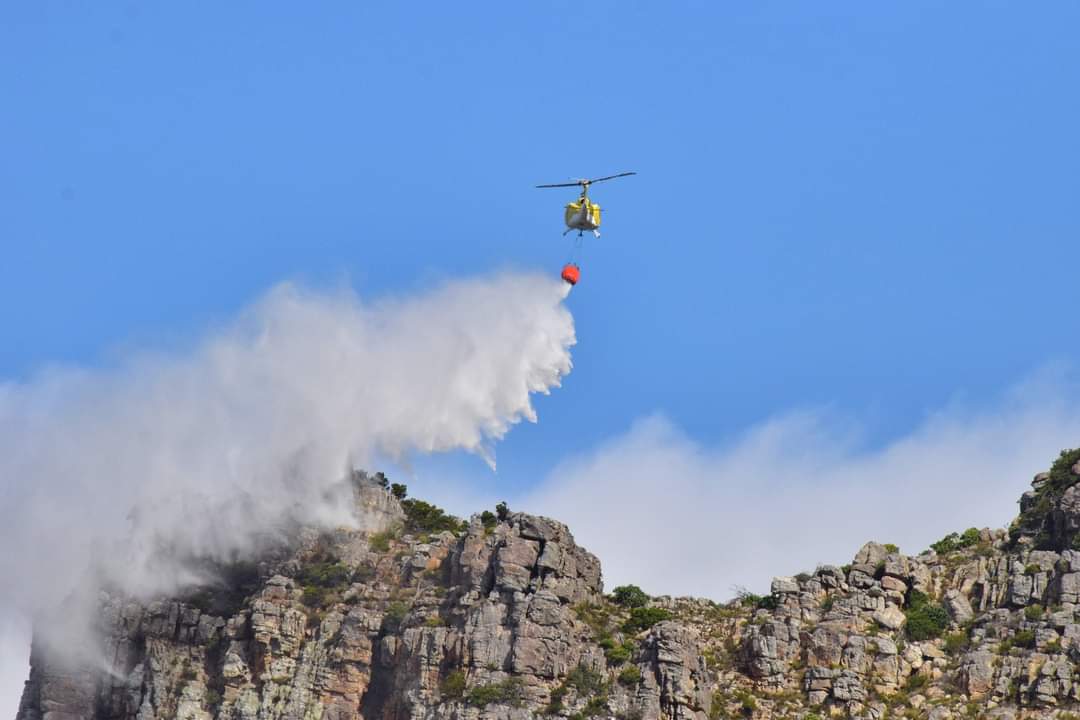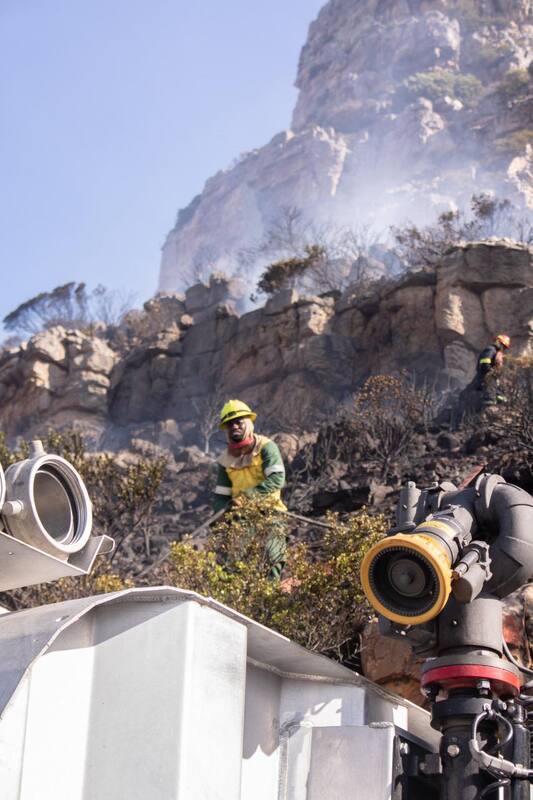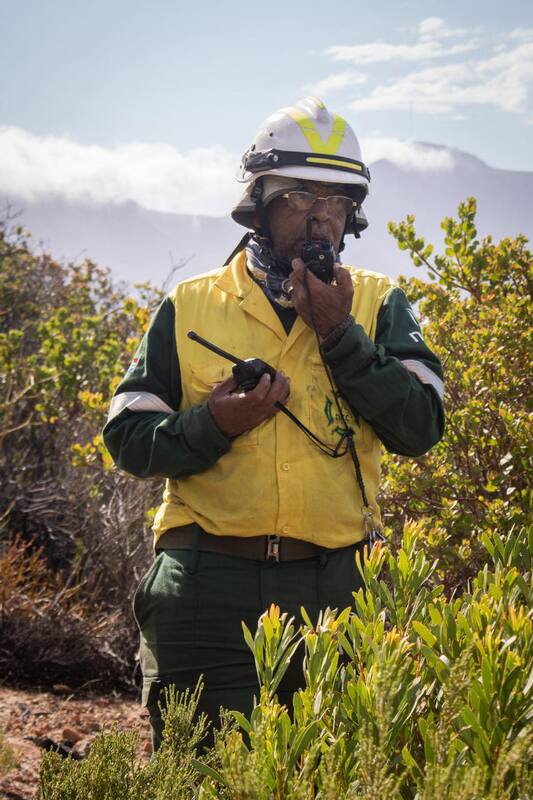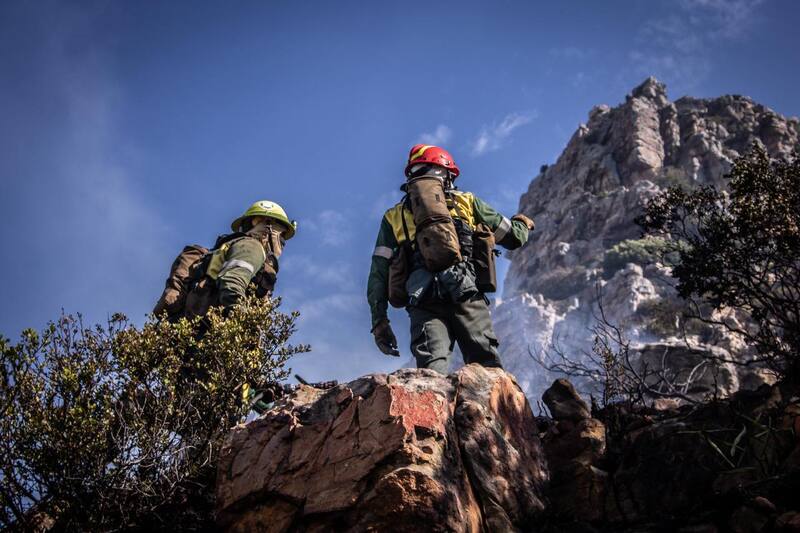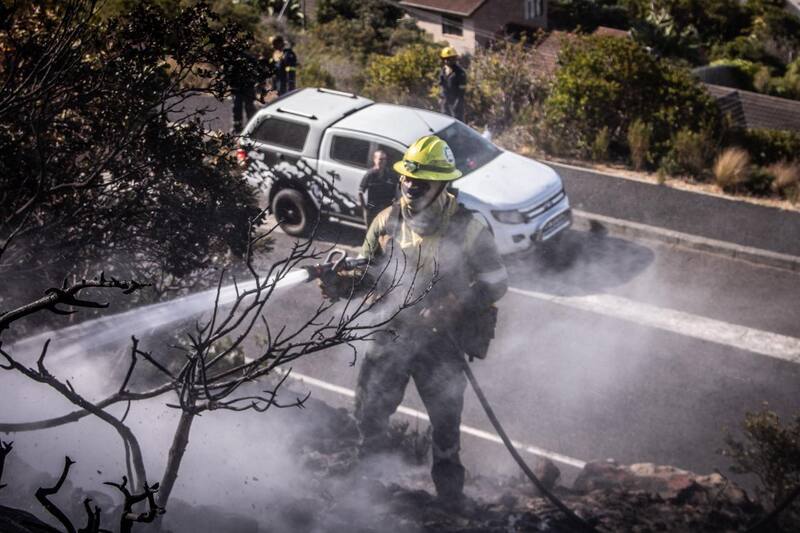- Home
- Magazines
-
Newsletters
- 19 July 2024
- 12 July 2024
- 5 July 2024
- 28 June 2024
- 14 June 2024
- 7 June 2024
- 31 May 2024
- 24 May 2024
- 17 May 2024
- 10 May 2024
- 3 May 2024
- 26 April 2024
- 19 April 2024
- 12 April 2024
- 22 March 2024
- 15 March 2024
- 8 March 2024
- 1 March 2024
- 23 February 2024
- 16 February 2024
- 9 February 2024
- 26 January 2024
- 19 January 2024
- 12 January 2024
- 22 December 2023
- 1 December 2023
- 24 November 2023
- 10 November 2023
- 3 November 2023
- 27 October 2023
- 20 October 2023
- 13 October 2023
- 6 October 2023
- 29 September 2023
- 22 September 2023
- 15 September 2023
- 8 September 2023
- 25 August 2023
- 18 August 2023
- 11 August 2023
- 4 August 2023
- 28 July 2023
- 21 July 2023
- 14 July 2023
- 7 July 2023
- 30 June 2023
- 23 June 2023
- 15 June 2023
- 2 June 2023
- 26 May 2023
- 19 May 2023
- 12 May 2023
- 5 May 2023
- 28 April 2023
- 21 April 2023
- 14 April 2023
- 6 April 2023
- 31 March 2023
- 24 March 2023
- 17 March 2023
- 10 March 2023
- 3 March 2023
- 24 February 2023
- 17 February 2023
- 10 February 2023
- 3 February 2023
- 27 January 2023
- 13 January 2023
- 22 December 2022
- 15 December 2022
- 9 December 2022
- 2 December 2022
- 25 November 2022
- 18 November 2022
- 11 November 2022
- 4 November 2022
- Advertising
- Subscribe
- Articles
-
Galleries
- AOSH Firexpo 2024
- Midvaal Fit to Fight Fire 2024
- WoF KNP 2023 Gallery
- TFA 2023 Gallery
- DMISA Conference 2023
- ETS 2023 Gallery
- Drager Fire Combat and Rescue Challenge 2023
- AOSH Firexpo 2023
- Midvaal Fit to Fight Fire
- WC IFFD 2023
- NMU 13th Fire Management Symposium 2022
- JOIFF Africa Conference 2022
- ETS 2022 Gallery
- TFA 2022 Gallery
- IFFD 2018
- SAESI
- TFA
- WRC 2018
- WRC 2019
- A-OSH/Securex
- IFE AGM 2019
- ETS Ind Fire Comp Nov 2019
- ETS Challenge 2021
- Drager launch
- Drager Fire Combat and Rescue Challenge 2022
- TFA
- Contact
- Home
- Magazines
-
Newsletters
- 19 July 2024
- 12 July 2024
- 5 July 2024
- 28 June 2024
- 14 June 2024
- 7 June 2024
- 31 May 2024
- 24 May 2024
- 17 May 2024
- 10 May 2024
- 3 May 2024
- 26 April 2024
- 19 April 2024
- 12 April 2024
- 22 March 2024
- 15 March 2024
- 8 March 2024
- 1 March 2024
- 23 February 2024
- 16 February 2024
- 9 February 2024
- 26 January 2024
- 19 January 2024
- 12 January 2024
- 22 December 2023
- 1 December 2023
- 24 November 2023
- 10 November 2023
- 3 November 2023
- 27 October 2023
- 20 October 2023
- 13 October 2023
- 6 October 2023
- 29 September 2023
- 22 September 2023
- 15 September 2023
- 8 September 2023
- 25 August 2023
- 18 August 2023
- 11 August 2023
- 4 August 2023
- 28 July 2023
- 21 July 2023
- 14 July 2023
- 7 July 2023
- 30 June 2023
- 23 June 2023
- 15 June 2023
- 2 June 2023
- 26 May 2023
- 19 May 2023
- 12 May 2023
- 5 May 2023
- 28 April 2023
- 21 April 2023
- 14 April 2023
- 6 April 2023
- 31 March 2023
- 24 March 2023
- 17 March 2023
- 10 March 2023
- 3 March 2023
- 24 February 2023
- 17 February 2023
- 10 February 2023
- 3 February 2023
- 27 January 2023
- 13 January 2023
- 22 December 2022
- 15 December 2022
- 9 December 2022
- 2 December 2022
- 25 November 2022
- 18 November 2022
- 11 November 2022
- 4 November 2022
- Advertising
- Subscribe
- Articles
-
Galleries
- AOSH Firexpo 2024
- Midvaal Fit to Fight Fire 2024
- WoF KNP 2023 Gallery
- TFA 2023 Gallery
- DMISA Conference 2023
- ETS 2023 Gallery
- Drager Fire Combat and Rescue Challenge 2023
- AOSH Firexpo 2023
- Midvaal Fit to Fight Fire
- WC IFFD 2023
- NMU 13th Fire Management Symposium 2022
- JOIFF Africa Conference 2022
- ETS 2022 Gallery
- TFA 2022 Gallery
- IFFD 2018
- SAESI
- TFA
- WRC 2018
- WRC 2019
- A-OSH/Securex
- IFE AGM 2019
- ETS Ind Fire Comp Nov 2019
- ETS Challenge 2021
- Drager launch
- Drager Fire Combat and Rescue Challenge 2022
- TFA
- Contact
|
27 January 2023
|
Swift reaction and collaborations contain wildfire on Boyes Drive, Cape Town
|
|
|
Fire fighting services were quick to control a fire that flared up in Boyes Drive, Cape Town, on Monday, 16 January 2023. Five speedily dispatched helicopters helped fire services contain the blaze within an hour. Table Mountain National Park’s (TMNP) operations section chief, Clinton Dilgee, said, “The call came at 15h11 with most resources standing down at 21h00 with a remaining NCC Type 1 Crew of 20 departing the area the following morning. The incident commander was Philip Prins (TMNP), operations section chief (OSC) was Clinton Dilgee (TMNP) and divisional support was Clifford Sauls of NCC. Due to the duration of the fire a full IMT was not established. There is a very good collaboration between the major stakeholders ie TMNP and the City of Cape Town Fire and Rescue Services.”
Dilgee added, “A strong southeasterly wind at 55km/h average assisted pushing the fire down onto Boyes Drive allowing the crews to catch up with the head. The age of the vegetation varies from eight to 10 years and older as some of it also burnt in the March 2015 wildfire.”
“The area where the fire started did not burn during the March 2015 wildfire. This lead to extremely dense fynbos making progress slow and required fire fighters to work with hoses supplied by the various tankers on scene”, said Dilgee.
“When receiving the first report of the fire, with was accompanied by pictures, it was clear that the area where the fire was burning, together with the localised weather, that a very aggressive response was going to be needed. Spotting over Boyes Drive into the Lakeside residential area was a concern, which occurred later but was soon contained. The TMNP-NCC contract crews based at the Newlands Fire Base were immediately dispatched along with three Huey helicopters (one Huey from SANParks and two Hueys from the City of Cape Town. Three TMNP water tankers were despatched along with an additional TMNP-NCC contract crew and a Working on Fire (WoF) crew who was still engaged with mopping up operations from the Sunday evenings fire at Llandudno. An additional call out for Volunteers Wildfire Services (VWS) crews was placed with approximately 40 VWS fire fighters eventually attending the incident. Total crews including TMNP-NCC contract crews, NCC Type 1 crew, VWS and WoF, added up to approximately 123 fire fighters working under TMNP command. Total aerial resources consisted out of three Huey helicopters with a fixed-wing spotter, which was later supplemented with an additional two Hueys from the Quick Response Force (QRF). Approximately 12 City of Cape Town Fire and Rescue Services’ vehicles were also on scene” explained Dilgee.
He continued, “The 20 person NCC Type I hand crew who monitored the area through the night reported on the Tuesday morning that it was fairly uneventful with minor hotspots encountered. No injuries or structural damage encountered. The total area burnt to date is a total of approximately nine hectares.”
Drone footage
Rob Erasmus of Enviro Wildfire Services is seen talking to Zenande, NCC squad leader, whilst they were mopping up on the Boyes Drive fire via his thermal camera drone. With the drone Erasmus is piloting that has specific imagery equipment on it, he was able to direct the crew members to the exact spot where he picked up a heat signature. Some drones have a bad reputation on fire lines but as can be seen from this example, under the right conditions and with the approval of the incident commander, these ‘tools’ are extremely valuable to all working the line.
Challenges faced
Challenges faced included the wind, which played a major factor in directing resources. Aerial resources: drop accuracy was affected by the strong south easterly wind.
The origin and cause was investigated by Enviro Wildfire Services. A vagrant was apprehended with the outcome pending.
Video 1: Peter Mann, Just Shoot Me Digital
Sources: Philip Prins and Clinton Dilgee, Table National Park (TMNP); NCC Wildfires; Rob Erasmus, Enviro Wildfire Services
Dilgee added, “A strong southeasterly wind at 55km/h average assisted pushing the fire down onto Boyes Drive allowing the crews to catch up with the head. The age of the vegetation varies from eight to 10 years and older as some of it also burnt in the March 2015 wildfire.”
“The area where the fire started did not burn during the March 2015 wildfire. This lead to extremely dense fynbos making progress slow and required fire fighters to work with hoses supplied by the various tankers on scene”, said Dilgee.
“When receiving the first report of the fire, with was accompanied by pictures, it was clear that the area where the fire was burning, together with the localised weather, that a very aggressive response was going to be needed. Spotting over Boyes Drive into the Lakeside residential area was a concern, which occurred later but was soon contained. The TMNP-NCC contract crews based at the Newlands Fire Base were immediately dispatched along with three Huey helicopters (one Huey from SANParks and two Hueys from the City of Cape Town. Three TMNP water tankers were despatched along with an additional TMNP-NCC contract crew and a Working on Fire (WoF) crew who was still engaged with mopping up operations from the Sunday evenings fire at Llandudno. An additional call out for Volunteers Wildfire Services (VWS) crews was placed with approximately 40 VWS fire fighters eventually attending the incident. Total crews including TMNP-NCC contract crews, NCC Type 1 crew, VWS and WoF, added up to approximately 123 fire fighters working under TMNP command. Total aerial resources consisted out of three Huey helicopters with a fixed-wing spotter, which was later supplemented with an additional two Hueys from the Quick Response Force (QRF). Approximately 12 City of Cape Town Fire and Rescue Services’ vehicles were also on scene” explained Dilgee.
He continued, “The 20 person NCC Type I hand crew who monitored the area through the night reported on the Tuesday morning that it was fairly uneventful with minor hotspots encountered. No injuries or structural damage encountered. The total area burnt to date is a total of approximately nine hectares.”
Drone footage
Rob Erasmus of Enviro Wildfire Services is seen talking to Zenande, NCC squad leader, whilst they were mopping up on the Boyes Drive fire via his thermal camera drone. With the drone Erasmus is piloting that has specific imagery equipment on it, he was able to direct the crew members to the exact spot where he picked up a heat signature. Some drones have a bad reputation on fire lines but as can be seen from this example, under the right conditions and with the approval of the incident commander, these ‘tools’ are extremely valuable to all working the line.
Challenges faced
Challenges faced included the wind, which played a major factor in directing resources. Aerial resources: drop accuracy was affected by the strong south easterly wind.
The origin and cause was investigated by Enviro Wildfire Services. A vagrant was apprehended with the outcome pending.
Video 1: Peter Mann, Just Shoot Me Digital
Sources: Philip Prins and Clinton Dilgee, Table National Park (TMNP); NCC Wildfires; Rob Erasmus, Enviro Wildfire Services
Quick navigation
Social
|
Who are we?FRI Media (Pty) Ltd is an independent publisher of technical magazines including the well-read and respected Fire and Rescue International, its weekly FRI Newsletter and the Disaster Management Journal. We also offer a complete marketing and publishing package, which include design, printing and corporate wear and gifts. |
Weekly FRI Newsletter |
© Copyright 2018 Fire and Rescue International. All Rights Reserved.







